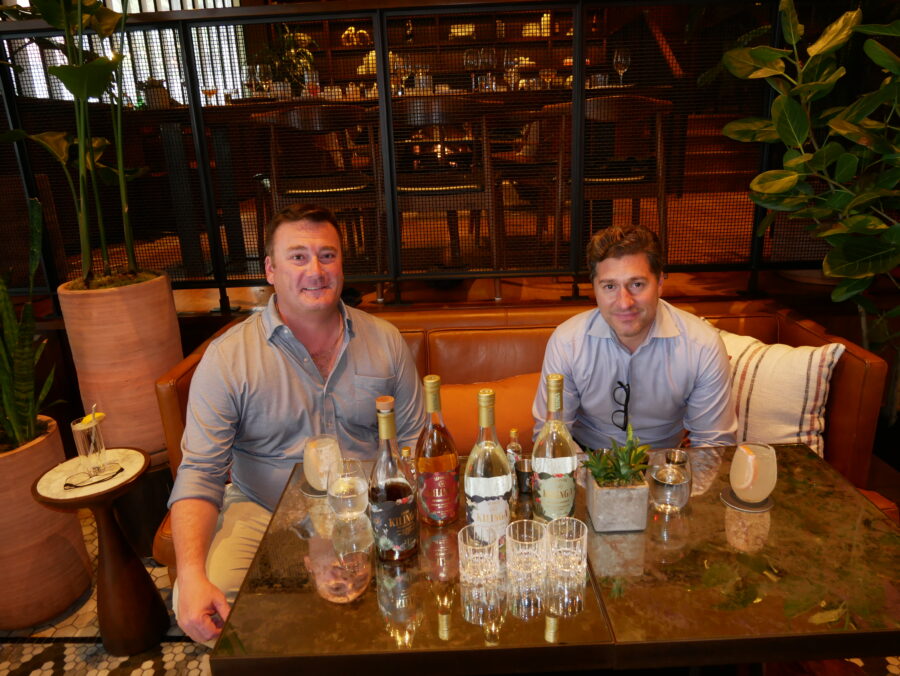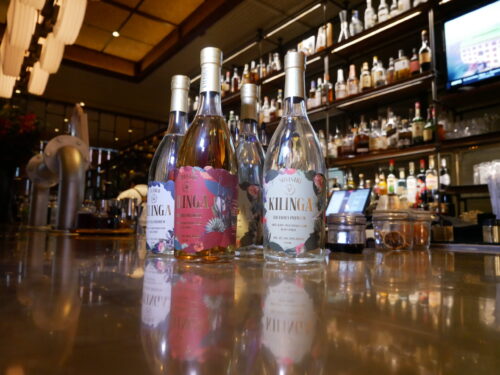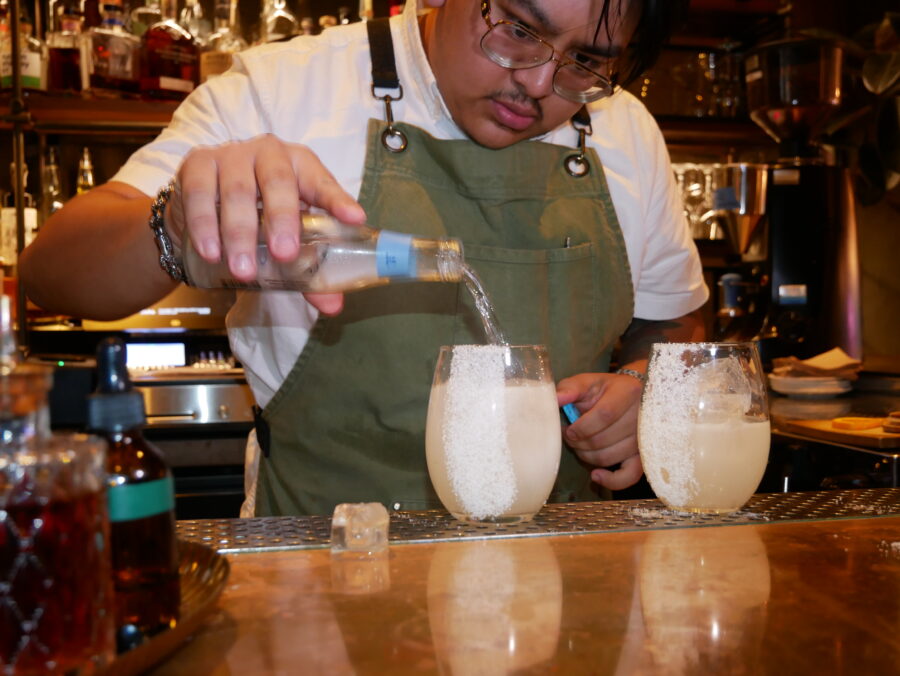
With Cinco de Mayo fully underway, many will be reaching for their favorite tequila or mezcal to celebrate the 163-year-old holiday. But another spirit, bacanora, is steadily commanding space for itself in the agave spirits market, and Kilinga hopes to lead that charge.
Contrary to popular belief, Cinco de Mayo does not commemorate Mexico’s independence; instead, it celebrates the nation’s 1862 victory over Napoleon III’s French troops’s in what is known as the Battle of Puebla. The holiday gained traction in the U.S. during the 1960s through the work of Mexican-American political activists keen on celebrating and defending the full spectrum of their rich heritage rather than simply assimilating as a class of white Americans. Coined the Chicano Movement by many, activists fought for equal rights in areas that included labor, education, and land ownership, and took ownership of a racial epithet previously used to demean Mexicans within the United States.
Bacanora: A Complicated History
Much like tequila and mezcal, there are strict rules governing the production of bacanora. The spirit, which received a denomination of origin (DO) designation in 2000, can only be produced in the northwestern Mexican state of Sonora (specifically in eastern Sonora). While technically a form of mezcal, it is not classified as such because of laws governing its production. Bacanora, which loosely translates to “reed-covered slope” in the indigenous Ópata language, must also be produced exclusively from mature A. angustifolia haw agave.
Bacanora, originally produced for medicinal reasons as far back as 1000 CE, was eventually banned in 1915 after prohibition was introduced to Sonora under its governor Plutarco Elías Calles. Because of the ban, the modern history of bacanora had predominantly been an oral one, leaving virtually no written record of its production during the 20th century.
“The latest I’ve heard is that the governor of the state at that moment didn’t want his officers and soldiers getting drunk on affordable alcohol,” says Rodrigo Bojorquez Bours, founder of Kilinga, a bacanora brand quickly making a name for itself on the global stage.
The ban was eventually lifted some 80 years later in the 1990s (1995, according to Bours, though some have placed this date at 1992), which opened the door for bacanora’s steady introduction to an international market. Now, maestros like Bours are carving out a place for bacanora in the global agave market and, by default, helping to form the rules and laws that govern the spirits’ production. He and his contemporaries, however, have much work to do in bringing attention to this elusive spirit: tequila reportedly commanded 96% of the total global agave spirits market in 2022. Mezcal came in second at just 3%, while bacanora shares the remaining one percent with other agave spirits that include sotol, and raicilla.
As of this past September, just nine New York City-based bars featured Kilinga, including Hotel Eventi’s Back Bar.
 Kilinga: Refining a Sonoran Tradition
Kilinga: Refining a Sonoran Tradition
Kilinga is the brainchild of Bours, an Alamos, Sonora-based farmer who founded the family-owned brand in 2018 after years of drinking bacanoras he found to taste subpar. Bours gained the impetus to forge his path through the bacanora world after being pleasantly surprised when tasting a Sonoran friend’s homemade stash.
“It was an ah-ha moment,” says Bours of his decision to get into the bacanora business. “The very first time that I had the one that I really enjoyed, it got into my head to go ahead and try to make one.”
His practice began informally, but when his family finally tasted his creation, his priorities shifted dramatically.
“My family got to taste the product I was making and they were hooked,” says Bours. They eventually encouraged him to turn his hobby into an official family business.
To Bours, bacanora is more than just a beverage: it’s a cultural identity encapsulated in a bottle. With each sip, one experiences Sonora’s unique terroir, from its saltwater oceans to its sweltering desert climate. In general, bacanora’s flavor profile lies somewhere between tequila’s subtlety and mezcal’s smokiness.
 Bours’s bacanoras, which he personally enjoys neat, can be purchased in four distinct varieties: Silvestre, Blanco, Reposado, and Anejo. The silvestre is produced with young agave plants that are between six to seven years old, which imparts a fresh and herbaceous flavor that Bours says many have likened to gin. Kilinga’s blanco is made with agave capón aged between nine to 12 years old; its reposado is aged in a combination of Colombian rum casks, bourbon casks, and Baja red wine casks from California. Finally, Kilinga’s anejo variety is aged for five and a half years in French oak barrels before bottling.
Bours’s bacanoras, which he personally enjoys neat, can be purchased in four distinct varieties: Silvestre, Blanco, Reposado, and Anejo. The silvestre is produced with young agave plants that are between six to seven years old, which imparts a fresh and herbaceous flavor that Bours says many have likened to gin. Kilinga’s blanco is made with agave capón aged between nine to 12 years old; its reposado is aged in a combination of Colombian rum casks, bourbon casks, and Baja red wine casks from California. Finally, Kilinga’s anejo variety is aged for five and a half years in French oak barrels before bottling.
“It’s still very agave-forward,” says Bours of his anejo. “It will give you all those notes that the barrel imprints, like vanilla and coffee, and chocolate, but the agave kicks in at the end and just cleans out the palate.”
So, this Cinco de Mayo, consider swapping your tequila or mezcal beverage for some bacanora, and experience the tradition of the Sonoran people one sip at a time.
Images by Carolyn Okomo; additional reporting by Sophia Calderone.
A very special thanks for Jason Hedges and the Back Bar staff, Sebastian Hamilton-Mudge, Natalia Garcia Bourke and The Baddish Group for their contributions to this report.

